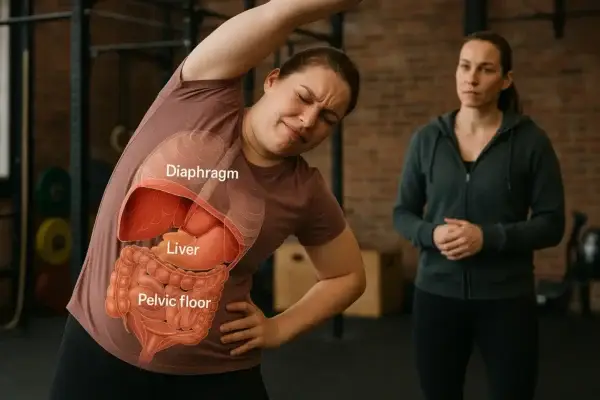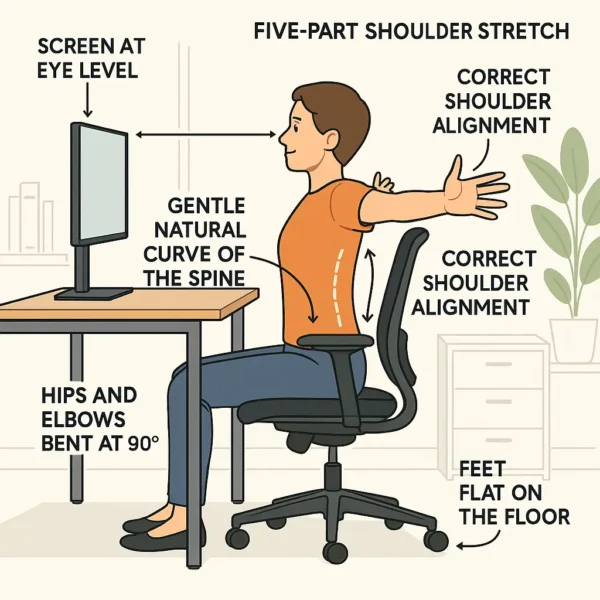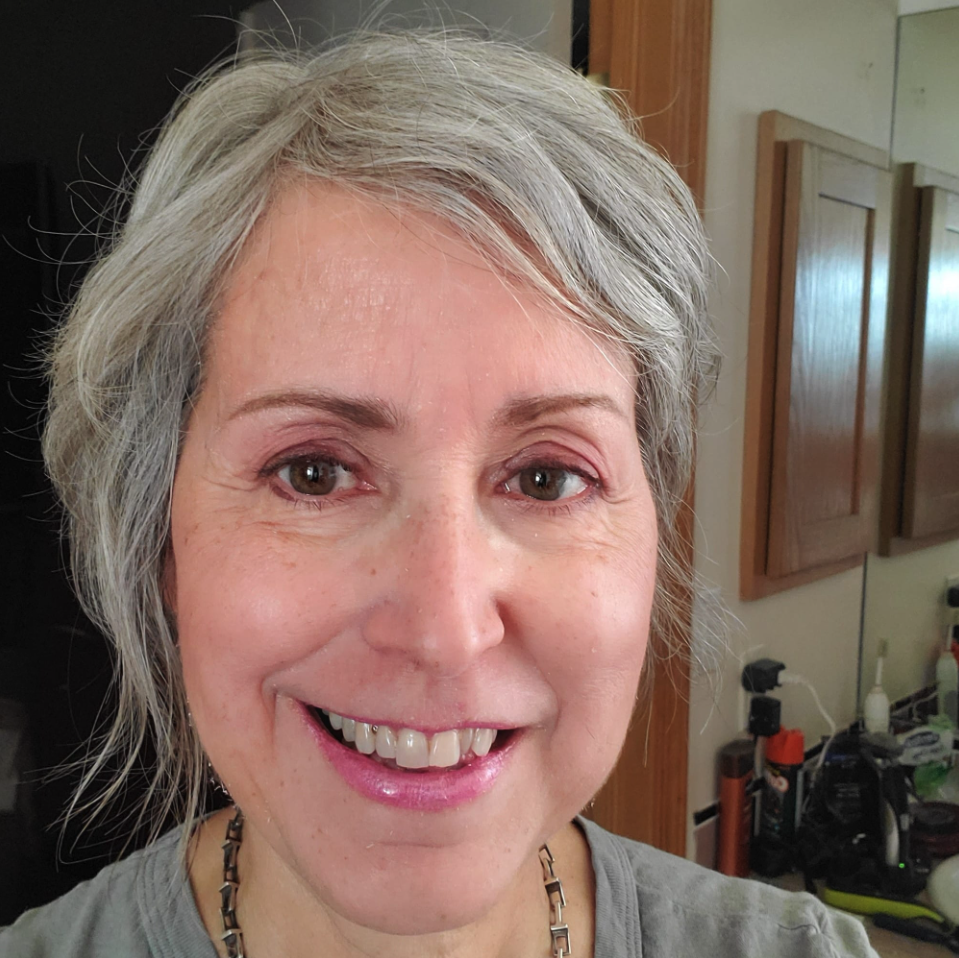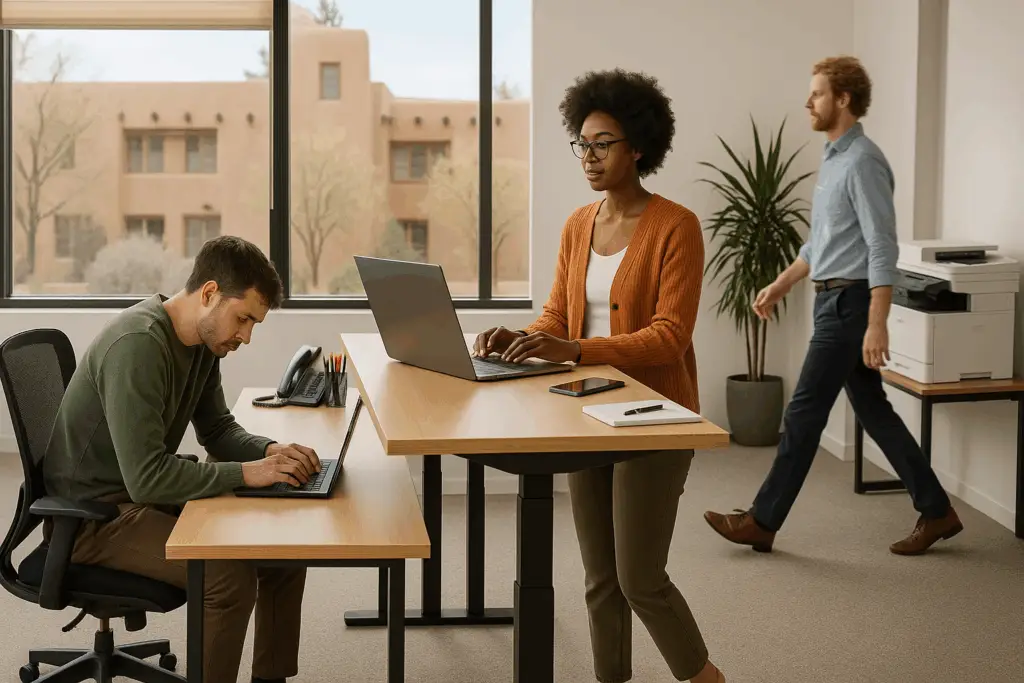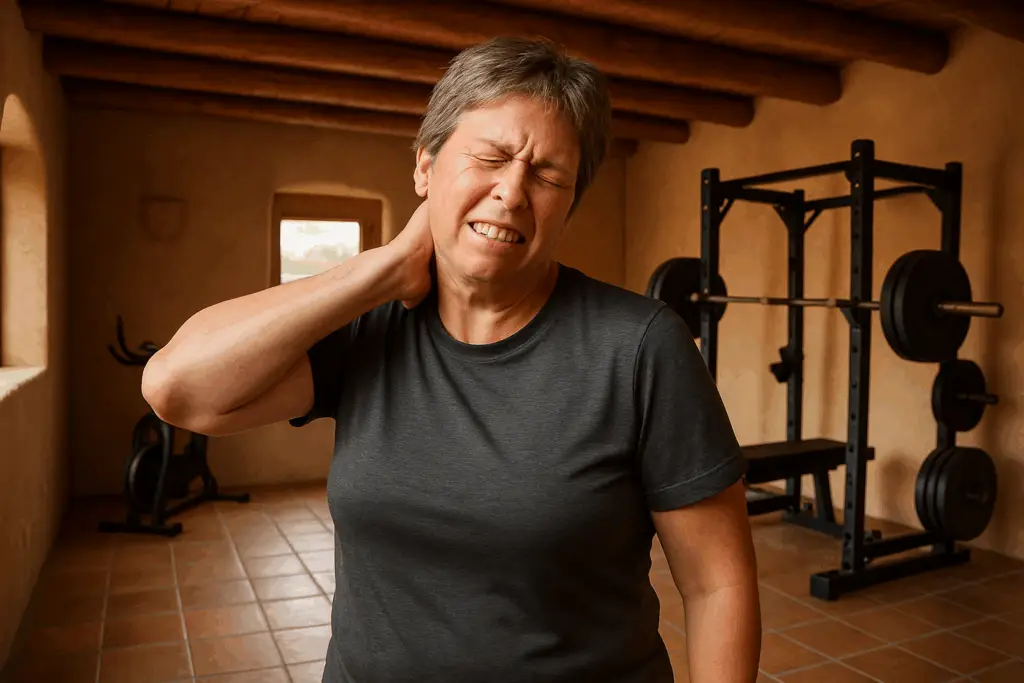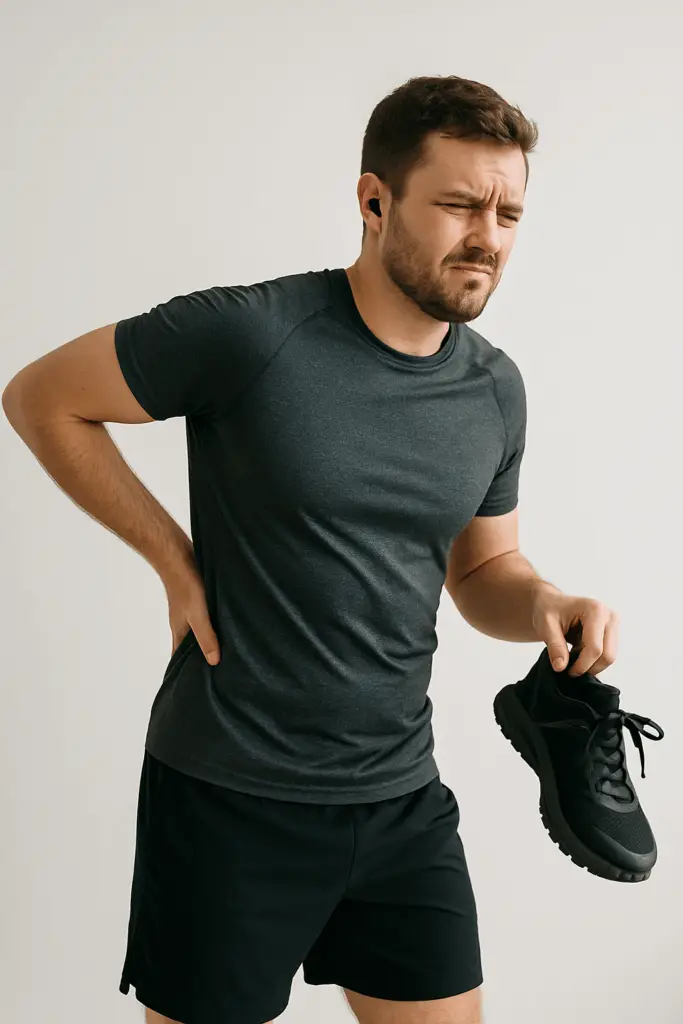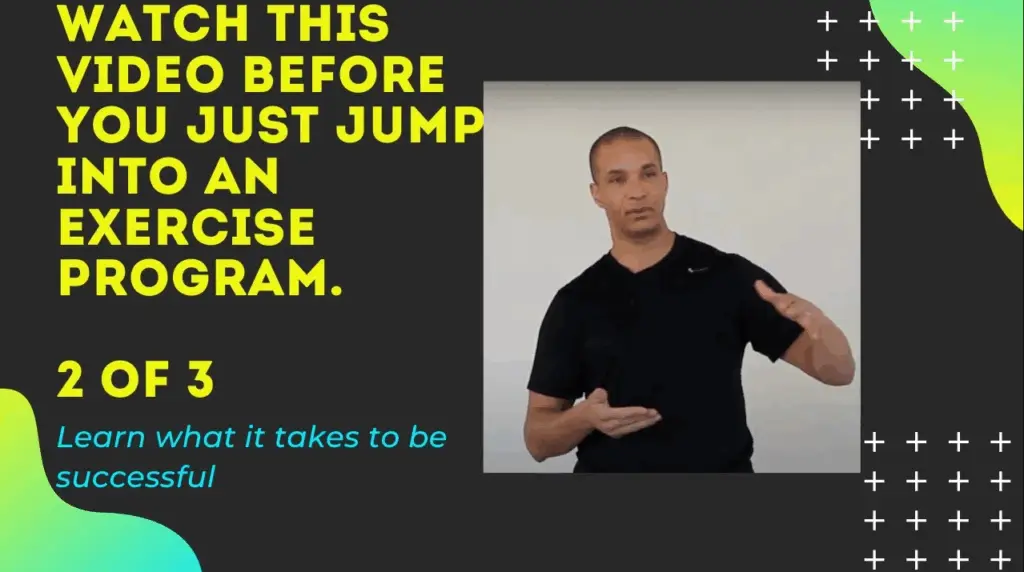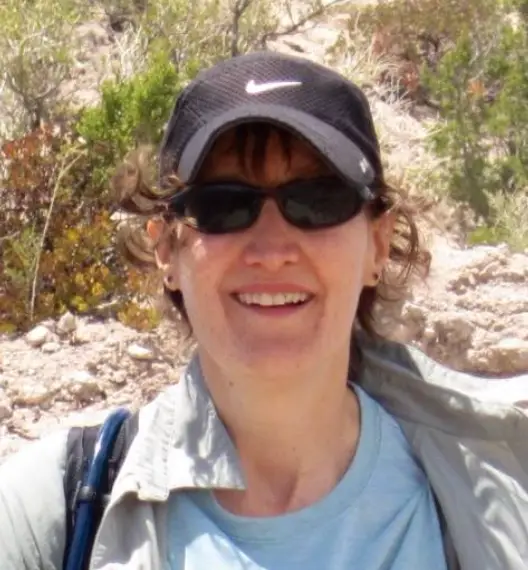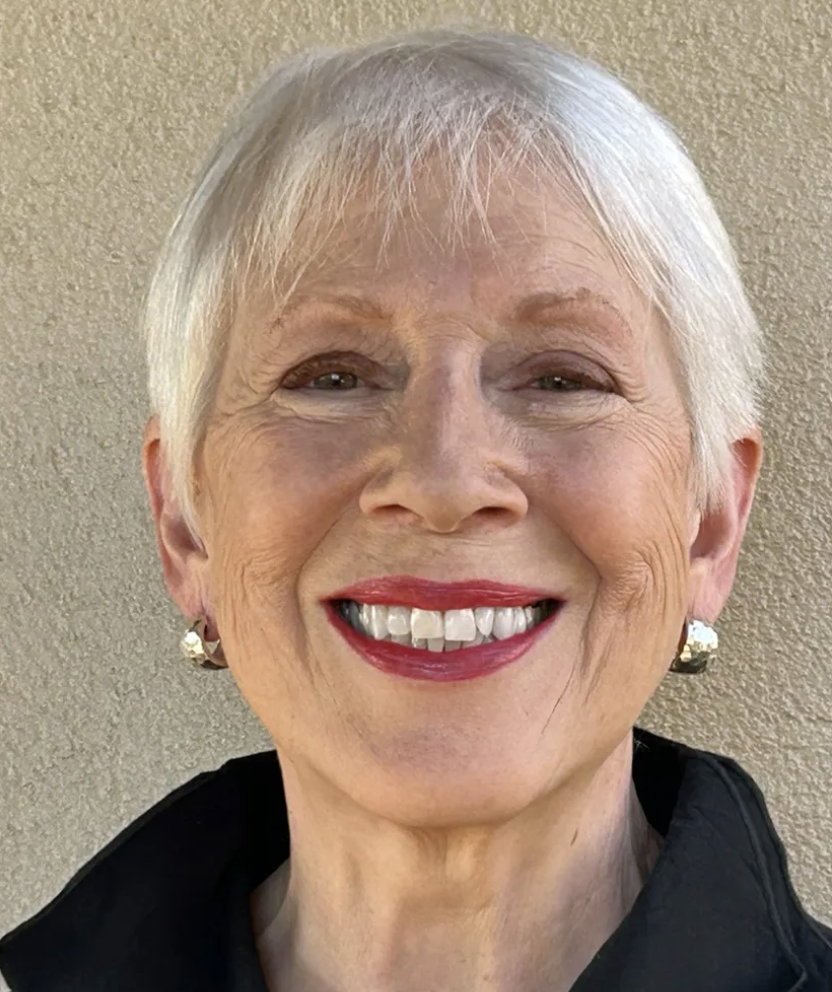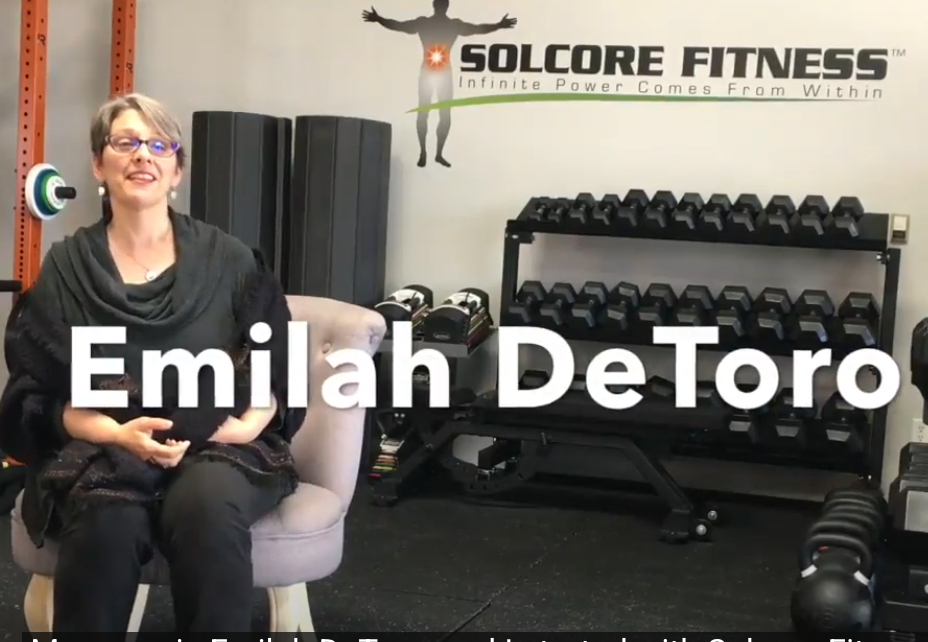
Click on the image to watch the video
My name is Emilah DeToro, and I started with SolCore Fitness about 16 months ago. I chose to work with Ekemba at SolCore because I was hindering myself in my daily life and in my yoga practice. I wanted to stop limiting myself—I wanted to feel strong.
I was experiencing significant pain in my shoulders and neck, so I thought the ELDOA program and Ekemba’s approach would really help strengthen my core and reduce my pain. I attended classes consistently—at 8 o’clock every morning for 16 months—and it worked!
I stopped injuring myself, gained much more strength, and found new confidence in my ability to do things I love, like trimming trees and walking my dog more often. I have more energy to be active in the world and my body—and my spirit—just feel awake.
Why would I recommend SolCore and Ekemba? Simply put, if you want to strengthen your core, align your posture, and feel fluid in daily movement, this is the place to be. If you’re dealing with pain, feeling unstable, or tired of recurring injuries, SolCore’s holistic approach can dramatically improve your daily life.
The Science and Benefits of ELDOA at SolCore Fitness
ELDOA (Étirements Longitudinaux avec Decoaptation Ostéo-Articulaire) is a globally respected method that creates space in joints, improves posture, and strengthens deep core muscles.
- Pain Relief and Postural Realignment: ELDOA targets specific spinal and joint segments to reduce tension, decompress nerves, and restore balance—relieving neck and shoulder pain.
- Core Strength and Functional Stability: Classes blend strength, mobility, and awareness to activate deep core muscles—the foundation for safe, powerful movement in yoga, sports, and daily life.
- Lasting Energy and Resilience: Consistent ELDOA practice improves movement patterns, reduces injury risk, and creates whole-body resilience for long-term health.
Emilah’s success isn’t unique—her experience reflects the science and benefit of true holistic exercise, guided by expert coaching and supportive community.
Explore joint health, posture, and core-strength breakthroughs with ELDOA:
ELDOA: The Ultimate Spine And Joint Exercises
Find out more @

